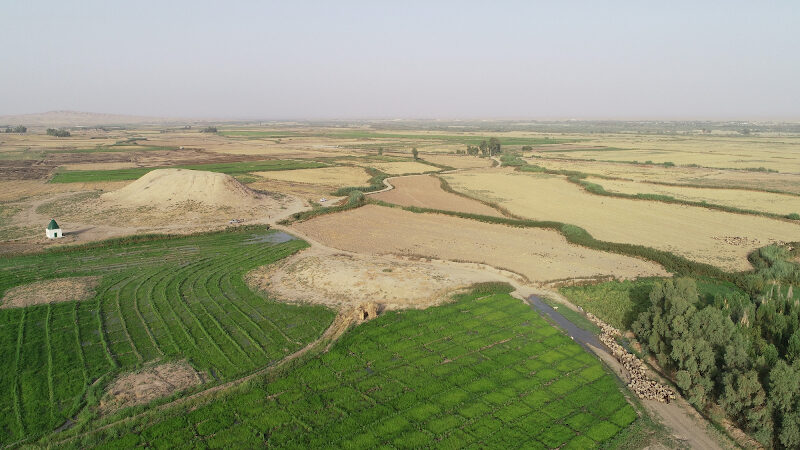
"Overall, the presence of millet in ancient Iraq during this earlier time period challenges the accepted narrative of agricultural development in the region as well as our models for how ancient societies provisioned themselves," said Elise Laugier, an environmental archaeologist and National Science Foundation postdoctoral fellow in the School of Arts and Sciences at Rutgers University-New Brunswick.
Broomcorn millet is an "amazingly robust, quick-growing and versatile summer crop" that was first domesticated in East Asia, Laugier added. The researchers analyzed microscopic plant remains (phytoliths) from Khani Masi, a mid-late second millennium BCE (c. 1500-1100 BCE) site in the Kurdistan region of Iraq.
"The presence of this East Asian crop in ancient Iraq highlights the interconnected nature of Eurasia during this time, contributing to our knowledge of early food globalization," Laugier said. "Our discovery of millet and thus the evidence of summer cultivation practices also forces us to reconsider the capacity and resilience of the agricultural systems that sustained and provisioned Mesopotamia's early cities, states and empires."
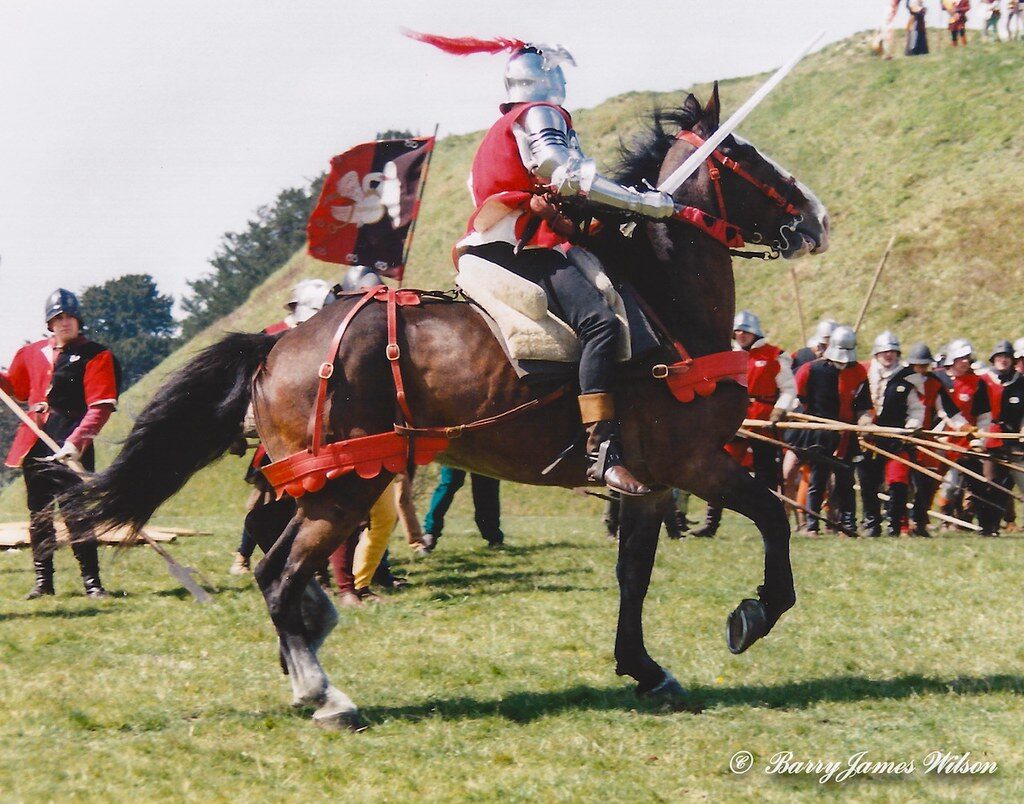
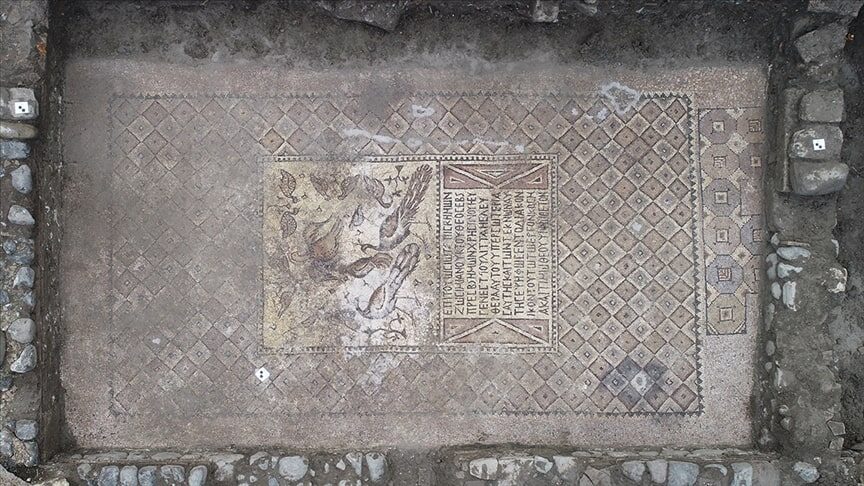
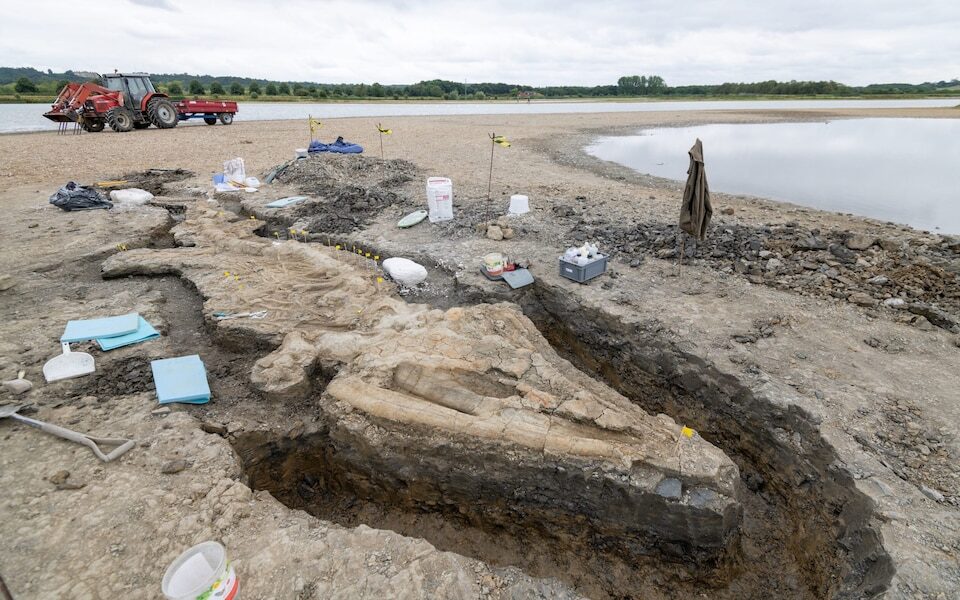
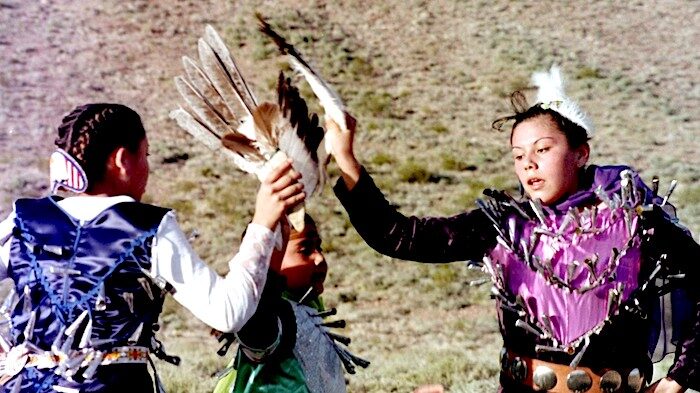
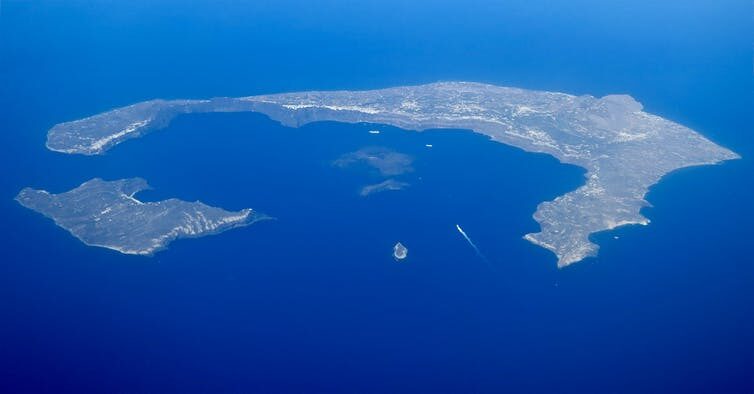
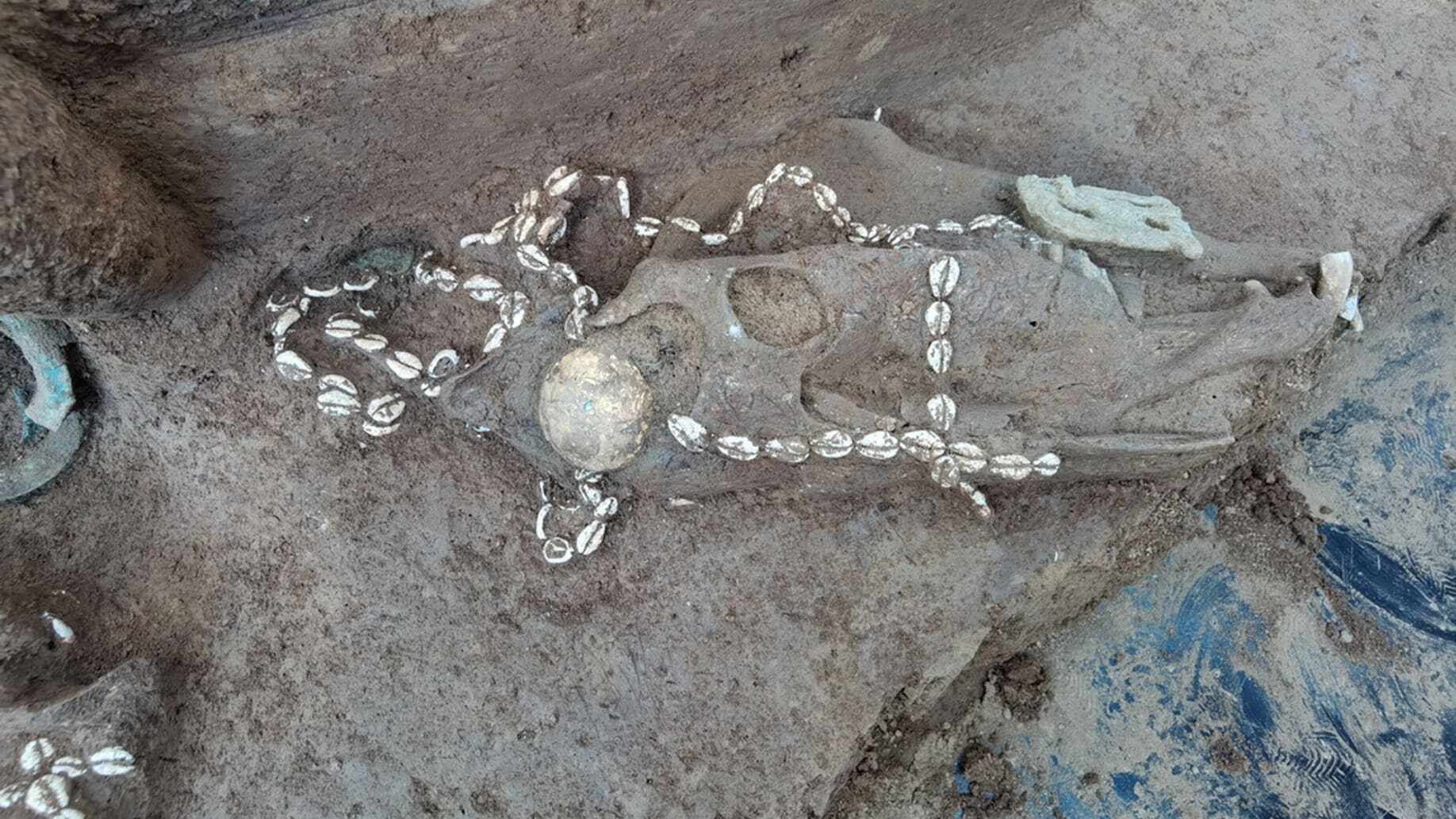
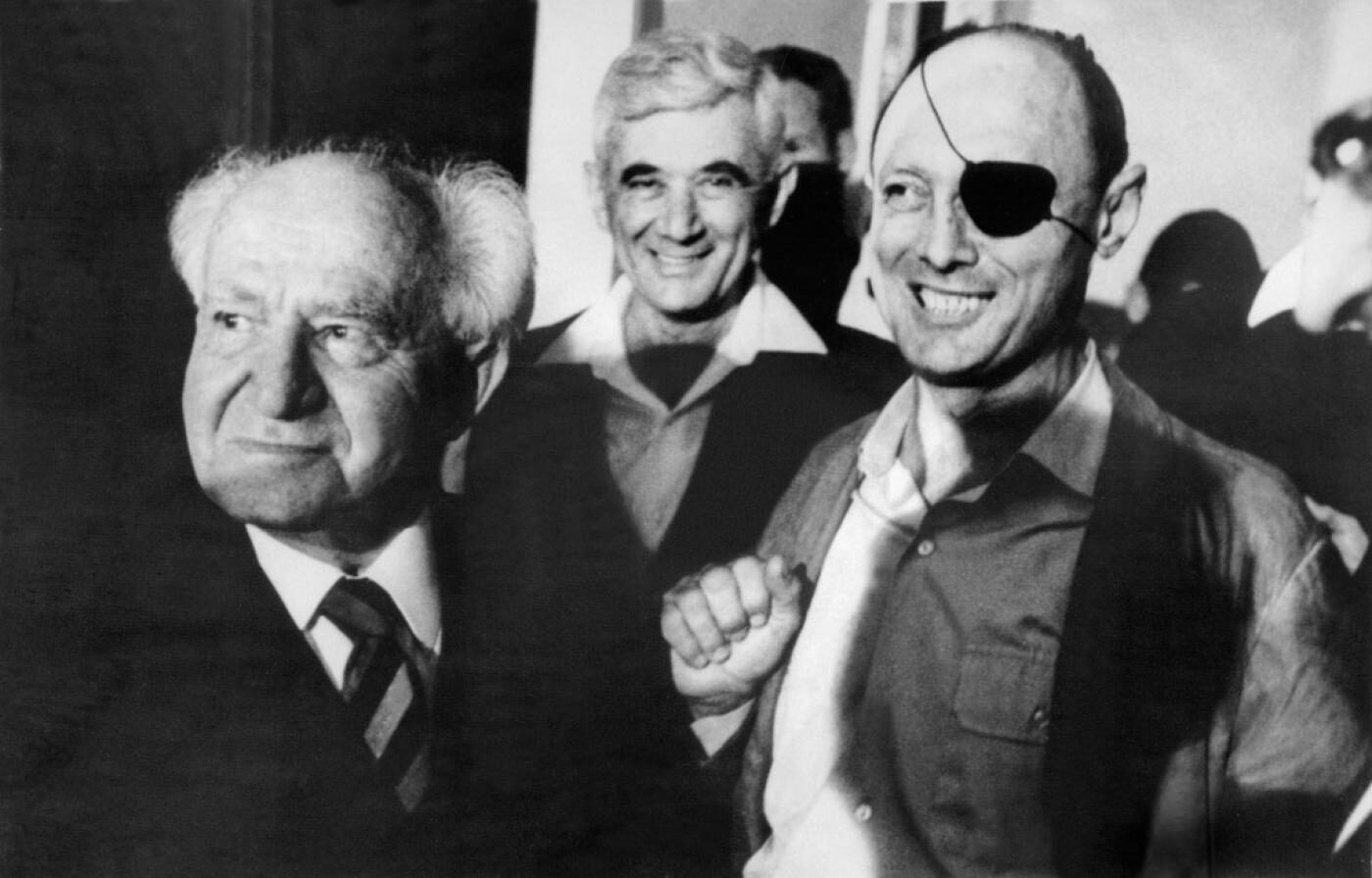

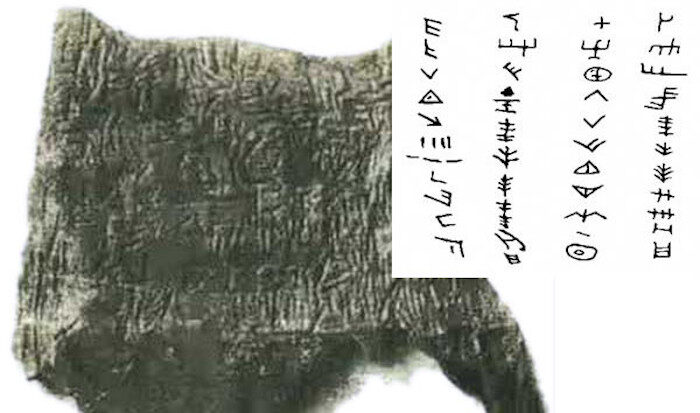
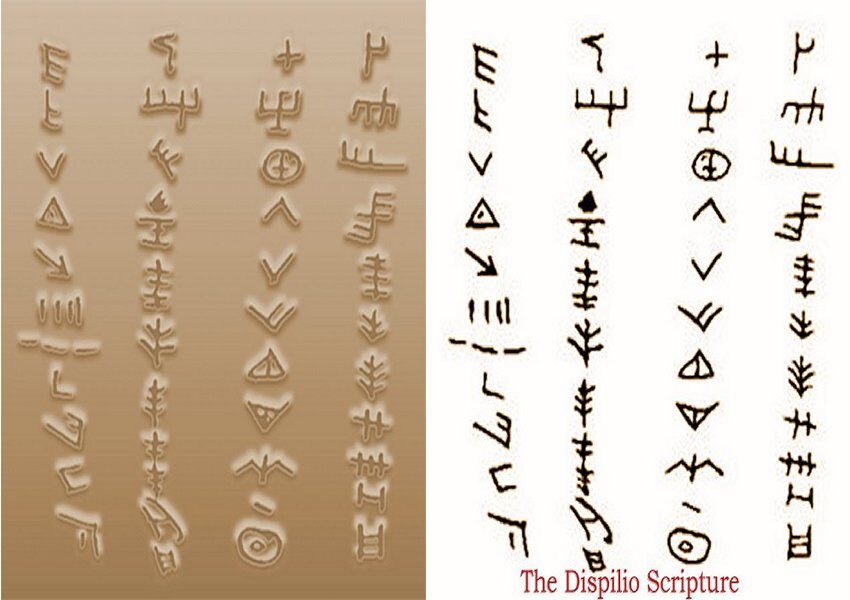



Comment: China's mysterious Sanxingdui culture, thought to be of the same era as the Ce mentioned above, has provided of the most bizarre and exquisite finds yet.
See also: